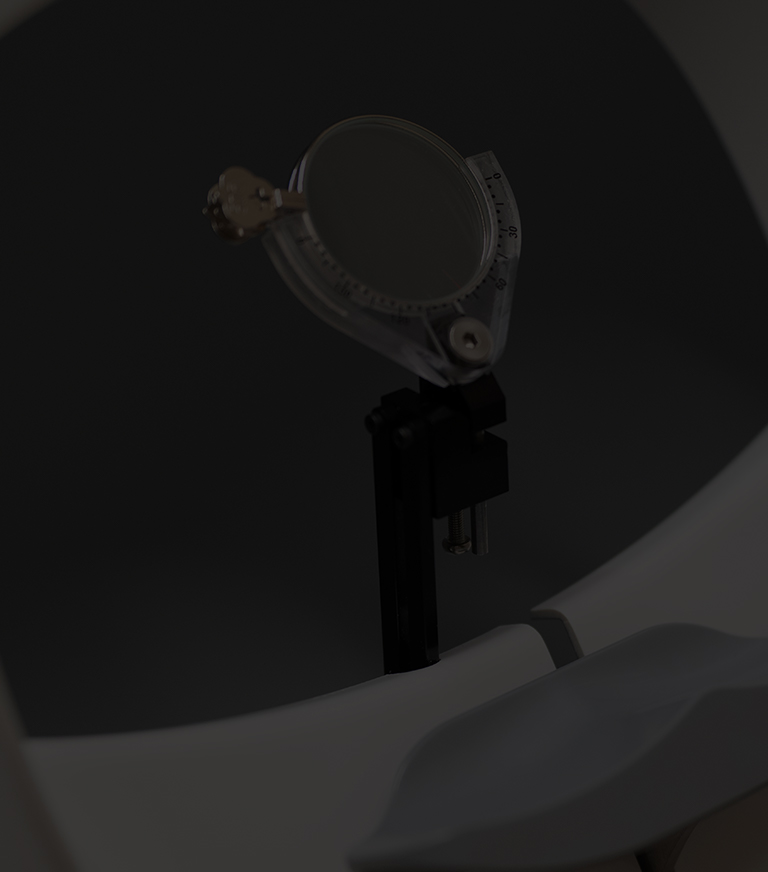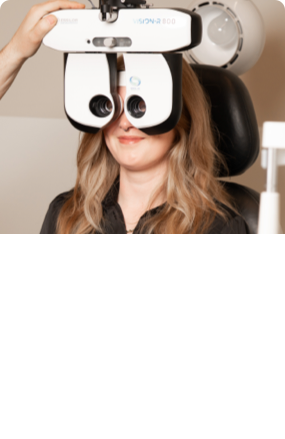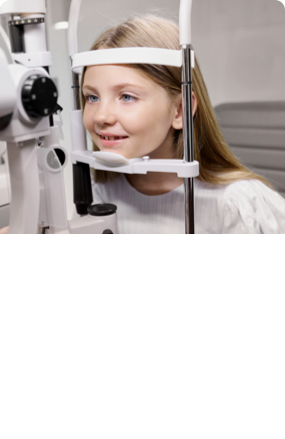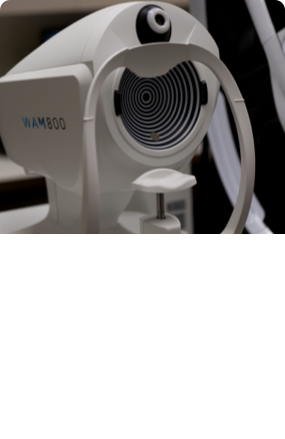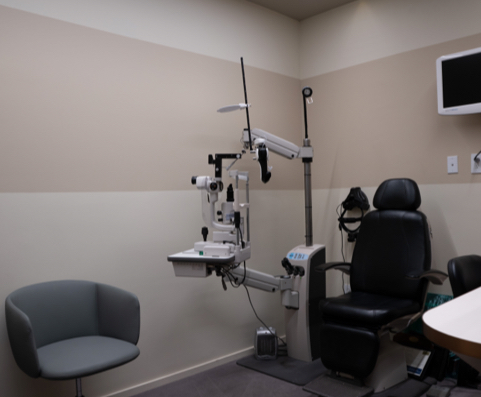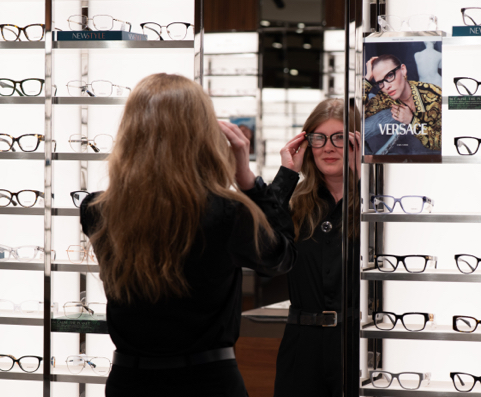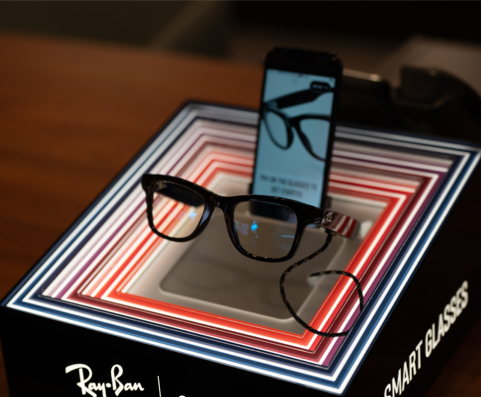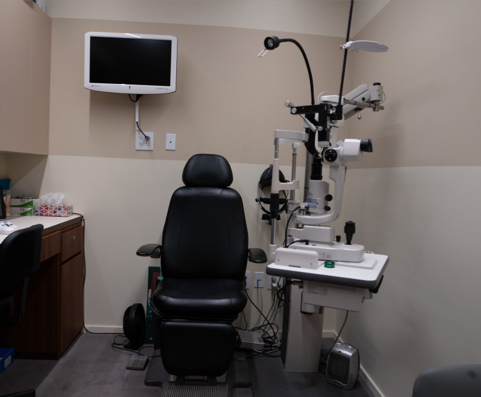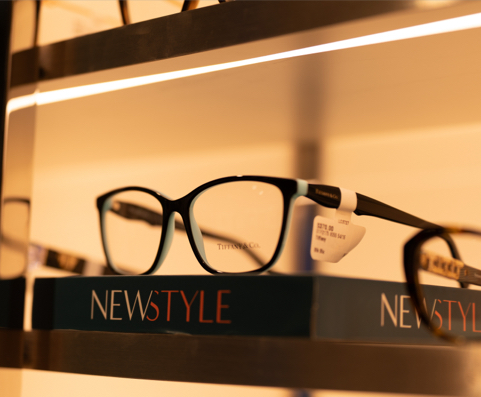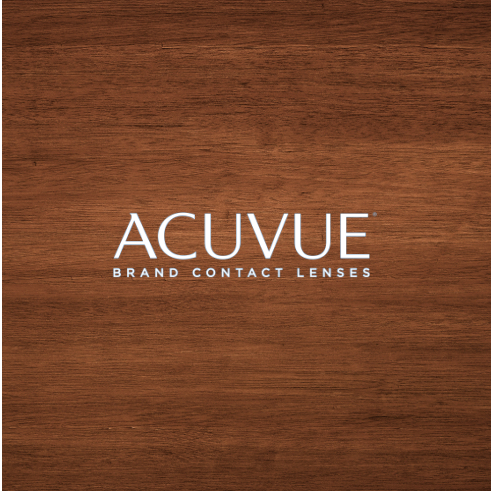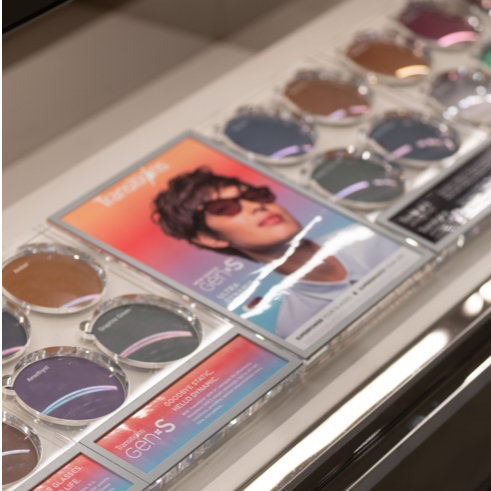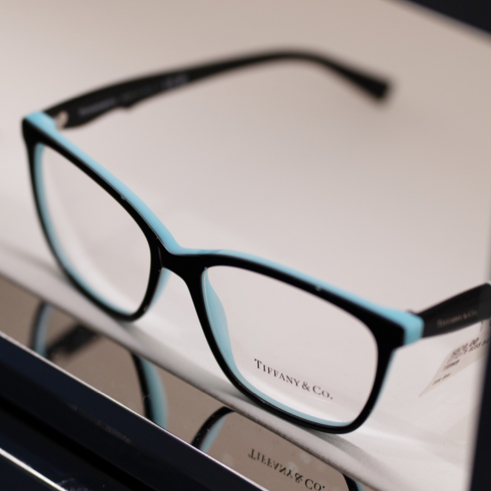If you’re new to contact lenses or have been wearing them for years, you might wonder how often you should replace your contacts. Proper replacement is crucial for maintaining eye health and making sure of comfort.
The frequency with which you should replace your contacts depends on the type of lenses you use:
- Daily Disposable Lenses: Replace every day.
- Bi-Weekly Disposable Lenses: Replace every two weeks.
- Monthly Disposable Lenses: Replace every 30 days.
- Extended Wear Lenses: Can be worn continuously for up to 30 days, but consult with an optometrist to ensure they are suitable for your eyes.
Regardless of lens type, always follow your optometrist’s recommendations and watch for any signs of discomfort or irritation that might indicate a need for earlier replacement.
At Orchard Park Optometry in Kelowna, we’re committed to helping you understand the best practices for contact lens care and replacement. It starts with a contact lens eye exam to understand your needs and put together a tailored care plan.
Why Replacement Matters
Wearing contact lenses for longer than the recommended period can lead to a variety of eye health issues. One of the most significant risks is the potential for eye infections, which can occur when bacteria and other microorganisms accumulate on the lenses.
Additionally, over-worn contacts can reduce the oxygen supply to your corneas. Your corneas need oxygen to stay healthy, and insufficient oxygen can lead to conditions such as corneal hypoxia, which can cause symptoms like blurred vision, redness, and—in severe cases—can even result in corneal ulcers or long-term damage to your eyesight.
By adhering to a regular replacement schedule, you help make sure that your eyes receive adequate oxygen and remain free from harmful microorganisms. This practice not only keeps your eyes healthy but also enhances your overall comfort and ensures that you experience optimal vision correction every day. Regular replacement is a simple yet crucial step in maintaining the health and clarity of your vision.
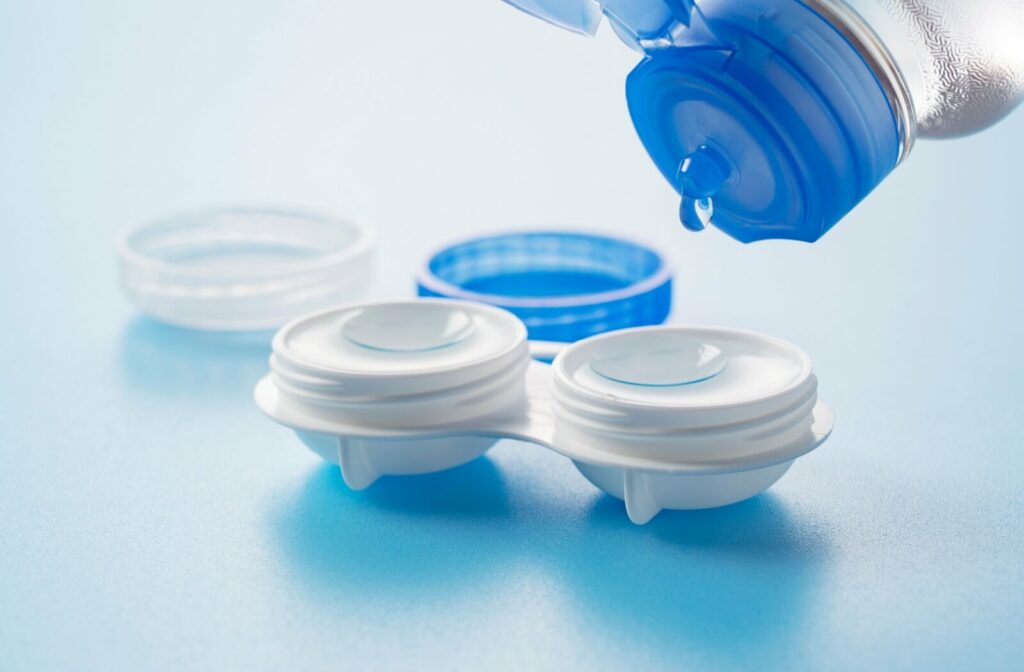
Types of Contact Lenses & Their Replacement Schedules
Daily Disposable Lenses
Daily disposable lenses are designed to be worn for one day, then discarded at the end of the day. They’re convenient for people with busy lifestyles and reduce the risk of infections, since you use a fresh pair every day.
Bi-Weekly Disposable Lenses
Bi-weekly lenses are meant to be worn daily for two weeks. After two weeks, they should be thrown away and replaced with a new pair. Regular cleaning and proper storage are crucial for these lenses to maintain eye health.
Monthly Disposable Lenses
Monthly disposable lenses can be worn daily for up to 30 days. Similar to bi-weekly lenses, they require regular cleaning and proper storage.
Extended Wear Lenses
Extended wear lenses can be worn continuously, even while sleeping, for an extended period (sometimes up to 30 days). However, not everyone’s eyes can tolerate extended wear, so it’s essential to consult with an optometrist to see if this type of lens is suitable for you.
Signs You Need to Replace Your Contacts
Even if you diligently follow the recommended replacement schedule for your contact lenses, certain signs may indicate you may need to replace your contacts sooner. Being aware of these symptoms can help you prevent potential eye health issues and maintain optimal vision.
Discomfort or Irritation
One of the first signs that it’s time to replace your lenses is discomfort or irritation. These symptoms can manifest as a feeling of dryness, itchiness, or a gritty sensation in your eyes, and they might be caused by protein deposits, dirt, or other debris accumulating on the lenses. Additionally, tiny tears or scratches in the lenses can also cause irritation.
Blurry Vision
Blurry vision is another common indicator that your lenses need replacing. Blurry vision can arise due to debris buildup on the lenses, or might also signify that the lenses have become damaged or warped over time, affecting their ability to correct your vision properly.
Redness or Pain
Redness or pain in your eyes can be a more serious sign that something is wrong with your contact lenses. These symptoms may indicate an infection, an allergic reaction to the lens material or solution, or significant damage to the lenses. Redness and pain should never be ignored, as they can lead to more severe complications if left untreated.
Personalized Care at Orchard Park Optometry
At Orchard Park Optometry, we understand that each individual’s eyes are unique. Whether you’ve struggled with finding comfortable contact lenses in the past or are new to wearing them, our team is dedicated to finding the right pair for you. We offer comprehensive eye exams and personalized recommendations to ensure you receive the best possible eye care.
Clear Vision Through Proper Contact Lens Care
Replacing your contact lenses regularly is essential for maintaining eye health and comfort. By following the recommended schedules for your specific type of lenses, you can prevent potential eye issues and enjoy clear vision. For personalized advice and quality eye care, visit us at Orchard Park Optometry in Kelowna. Let our family take care of your family’s eye health needs. Book your appointment with us today, and experience the difference that dedicated eye care can make!
